- Home
- About us
- Products
- Dealer Enquiry
- Contact Us
- 044 -2486 1994
- +91 99623 98222
- sales@nantech.in
- REQUEST A QUOTE

Every industry faces electrical issues that detrimentally affect the productivity of the work involved in the industry. This, in turn, leads to huge financial losses in the industry. To provide a power supply, either they have to buy a UPS system, lease a UPS system, or rent a UPS system. An uninterruptible power supply or UPS has the capacity to give emergency power to a load when the main power system fails to generate electricity. UPS protects hardware such as computers, telecommunication, and other electrical equipment. Many businesses prefer renting a UPS system to buying or leasing for a variety of reasons.
Leasing or buying a UPS system is expensive, and it is not affordable to all business owners. More than a thousand dollars are required to buy a UPS system, which may not be affordable to all. The cost involved in repairing a system and the maintenance cost can be reduced if we are renting a system instead of buying or leasing the same.
If a power cut happens abruptly, when data is transferred from one server to another, most of the important data will be lost. This can be rectified only by installing a UPS backup battery rental, which allows the system to run in a systematic manner and gives ample time for the system to shut down appropriately.
Frequent power fluctuations can cause internal damage to electrical devices. Only UPS has the capacity to sense the wrong power supply and filter it, thereby stopping all damage to the gadgets. Nantech power solutions guide us in selecting the appropriate UPS system for all electronic gadgets.
Also Read: Future of Power Supply in India
UPS systems assist in the ongoing smooth process of workflow, even if there is a shortage of power supply. The power supply is provided to the equipment without any interruptions if the UPS system is connected to it. Thus, all important projects can be executed before the deadline without any interruptions.
The best and quickest power supply provided by the UPS system helps in preventing power spikes and provides regular and systematic power flow.
To put it in short, in this world of cut-throat competition, power failures can cause tremendous losses to business establishments, banks, and all other financial sectors. Without any hindrance, the work process can be managed by installing a UPS rental system. Only UPS can give solace from the scorching summers due to power failures without intimation. For the execution of smooth business operations, it is mandatory to select the superior quality UPS rental system. If we are using the equipment for a short period of time, it is always advisable to rent a UPS system. While renting a system, the focus should always be to select the UPS system from a trustworthy company. The UPS technician of the Chennai-based company will install the system in either the workplace or home effectively.
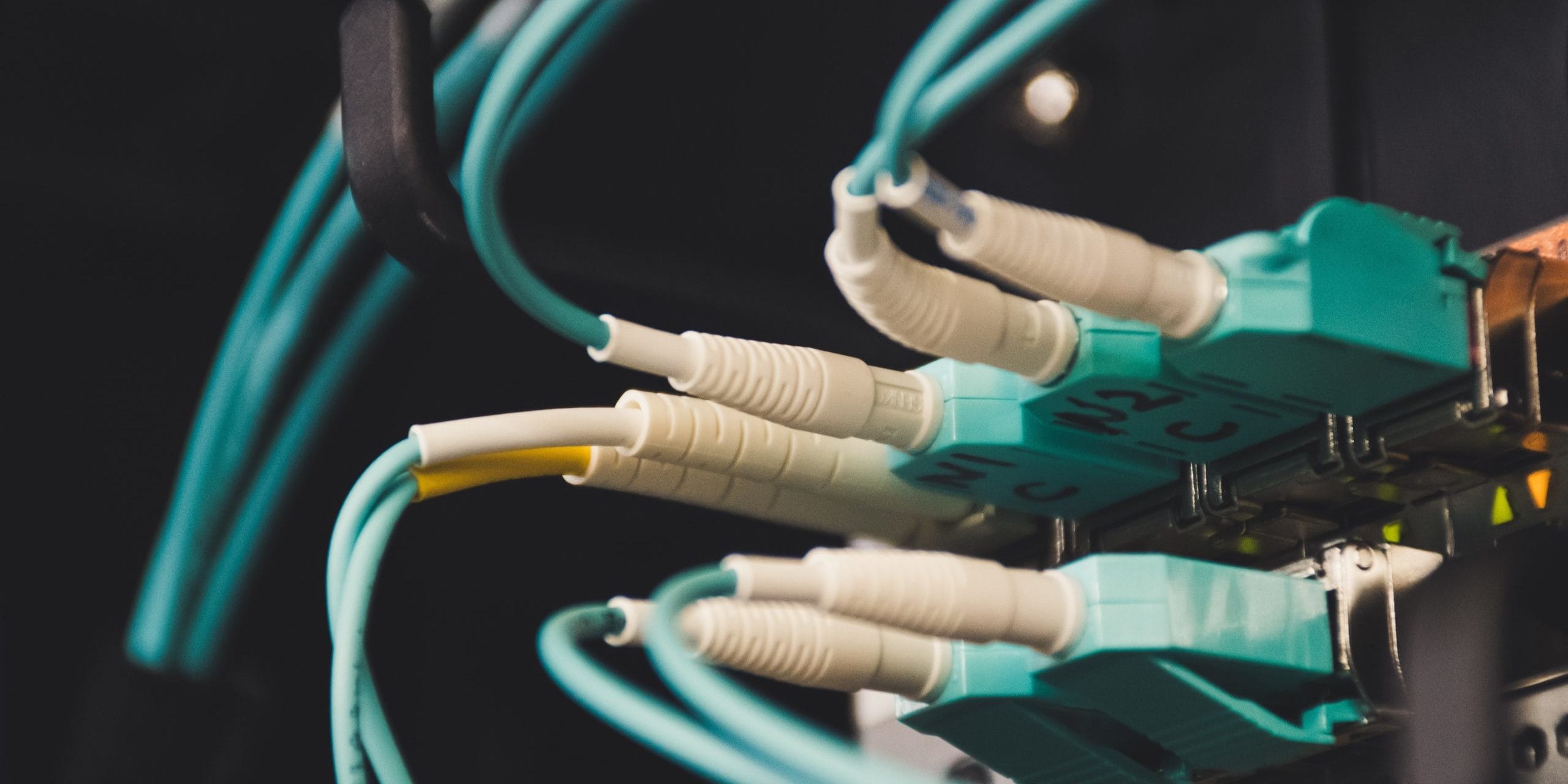
It is obvious that all electrical gadgets should be properly maintained for a system's smooth functioning. Since all major businesses rely upon their power supply, the UPS must be maintained to save both time and money. The following reasons enunciate the importance of UPS maintenance for the safety of the machine.
During a power failure, all the important data stored suffers a series of setbacks as the most personal data is disrupted at this time. Immediate switch- over from UPS's mains if the power failure is possible only if the UPS is well maintained. Hence the data saved will remain without loss if timely UPS services are done.
When the surveyors visit to check the equipment, we need to ensure that the instrument's capacitor can moderately regulate the temperature process. It is always better to keep the UPS in a dry place where there is uniformity in temperature to strengthen the overall process. The customer should check all major components of the system before the maintenance visit to ensure that all repairs of the equipment are carried out properly.
The maintenance contract should do regular visits by following a stipulated schedule for the system's proper functioning. Instantaneous response from Nantech services limited during an emergency makes them reliable and trustworthy throughout the installation process.
Frequent testing of the voltage and keeping track of the battery will help the customer to be aware of replacing the batteries whenever it is required during the maintenance visit. The impedance testing will be beneficial in predicting the duration and reliability of the battery. Chennai based company has the edge over the others as it designs new batteries for the power system and provides all the essential technical support.
For the clients' benefits, a wide variety of spare parts are provided whenever an emergency pops up. Cooling systems, air filters, and all stocking parts of the engine will be implemented without fail, and frequent monitoring enhances the durability and credibility of the Chennai-based company. If the technicians do not properly investigate, there is a high chance of failure in maintaining a UPS system. Individual unique testing of all parts is recommended for the smooth running of the system.
To put it in a nutshell, only trained personnel should be appointed to rectify the UPS system. Maximum service life is totally dependent on the level of maintenance of the system. Every month there should be a visual inspection for checking the damage of batteries. The place where the UPS is installed should be completely free of dust particles to prevent unnecessary damage. Measuring the voltage of each cell guarantees the longevity of the equipment. A smooth working atmosphere without any data loss can be systematically provided by increasing the UPS's working life.
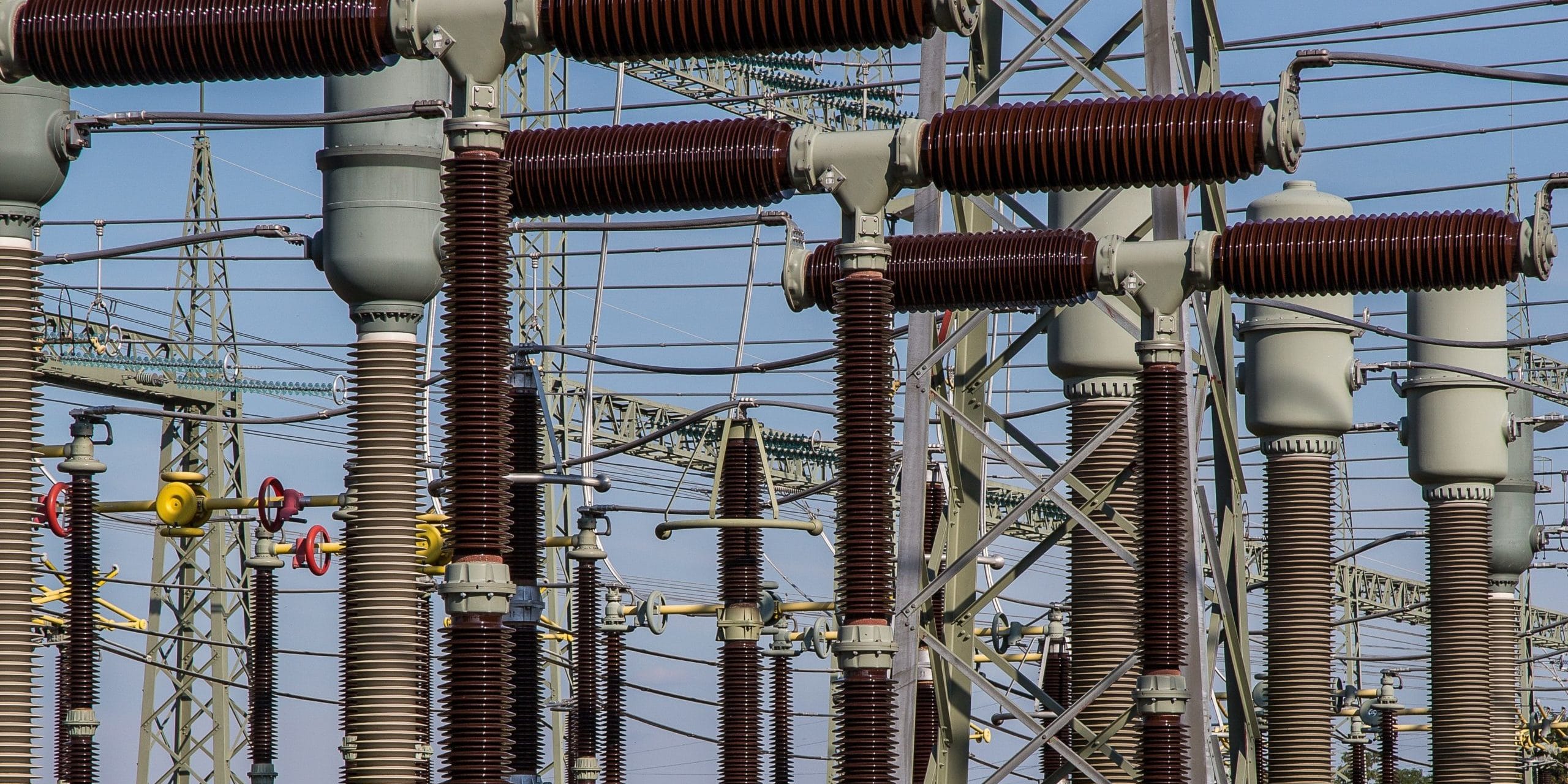
India is one of the leaders of energy producers in the world. Within India, Chennai is considered one of the top energy-supplying states in the country. So much so that we have enough plants and wind energy resources to produce enough power for the city and beyond! But with a global shift in power production, and a national aim to reduce pollution and carbon footprint, we shall soon be migrating to more sustainable technologies.
This migration will mean that we have to abandon some of our current procedures or introduce a change in them. We will see a significant shift towards renewable technologies like Solar, Wind, and hydroelectricity in the future. Tamil Nadu is already a hub for many Wind Energy plants, with fields of windmills dotting the landscape; it won't be long before we see an application of them in many micro settings of our cities.
We shall discuss each of these energy concepts in the upcoming sections to give you a brief overview of the future's energies.
Solar energy is a significant craze now! There is much development in solar technology in the world. We believe that for Chennai, Solar and Wind energy systems will dominate the landscape. We are already considering using solar panels on our streetlights to save a substantial part of the electricity budget. Many households these days have started adopting Solar Panels, Solar Inverters, and Solar Heaters.
Chennai is hot throughout the year, which is good news since that means the sun is out most of the time, and we can exploit it! Solar energy is here to come, and once our technology is adequate, Solar Energy will be all around the city!
Also Read: What Does Chennai Need in Terms For Better Power Management Systems?
Wind energy is another form of life that we can exploit. Chennai's monsoons can be windy, and the spring and autumn breezy. Hence, we can use the weather to our advantage and supply power to most of our Rural areas in Chennai who face frequent power cuts. Even though we can use Solar energy on a city-wide scale, we need to ensure that we use wind turbines to maximize our output and sustainability.
We need to keep in mind that every energy source is still liable to power cuts, and for that, proper backups to our power supplies in the form of inverters.
With the river Kaveri flowing through our state, we can, and we have utilized our rivers by controlling their flow for agriculture and industries and generating sustainable quantities of electricity!
We must ensure that our transmission lines are fitted with the proper transformers and Servo Voltage Stabilizers. The transmission of power is smooth while minimizing voltage losses along the line as much as possible.
While we can expect automobile industry changes in the future to be significant now, with the arrival of Tesla, we can safely conclude that such technologies will rise, which will significantly reduce our carbon footprint.
Please Check out Nantech for the best deals on all your electricity-needs in Chennai!
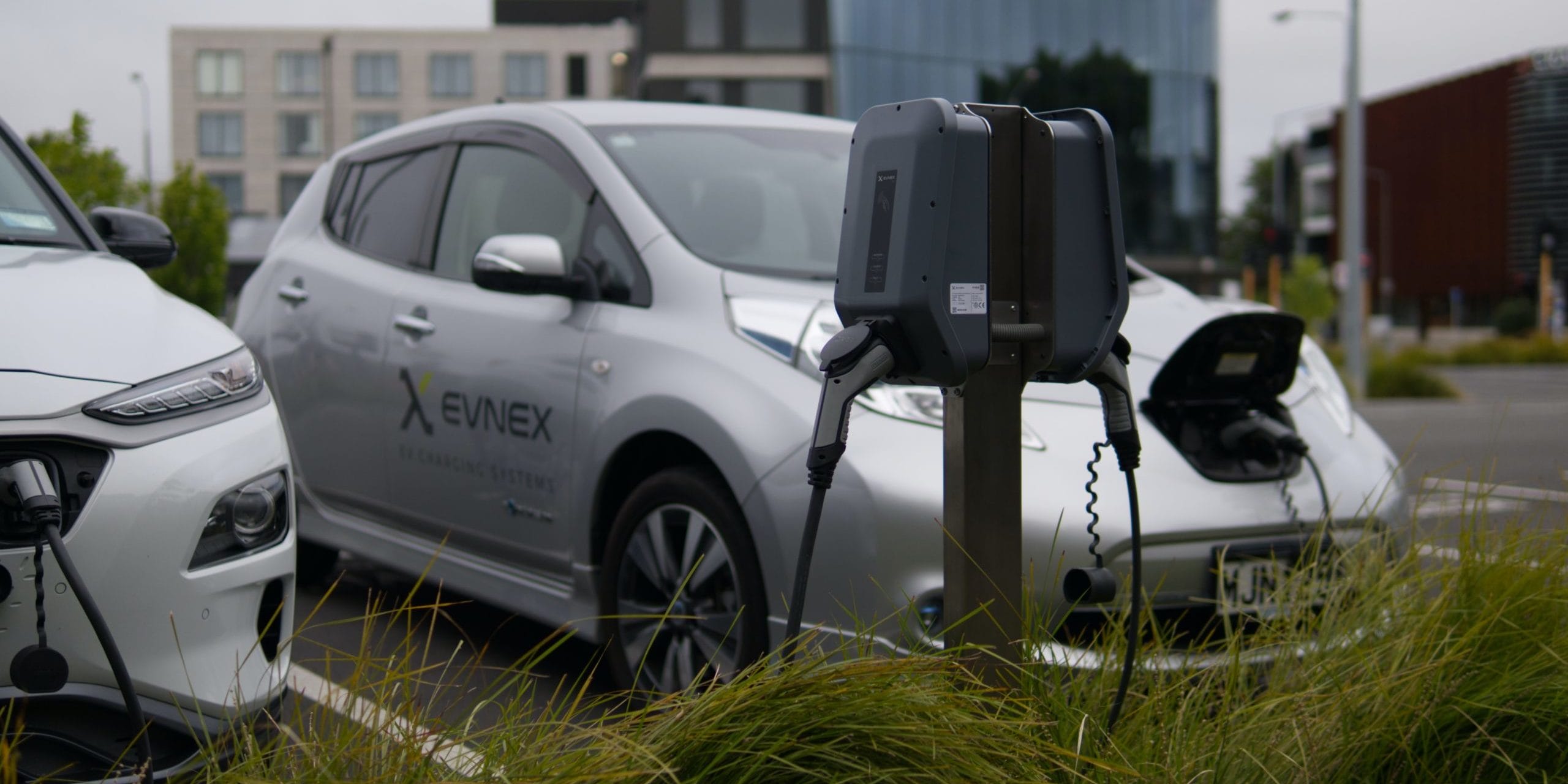
2021 has brought us great news! The Automobile Giant and Electric Vehicles (EV) market leader Tesla is set to begin operations soon in India, after their initial set up in Bangalore earlier this year. What’s more, we can expect Tesla to enter Chennai as early as March!
This is great since we can now expect many traditional gas stations to have an EV booth or separate charging stations to pop up. What’s more, we will also have EV charging outlets in houses and Garages. With EVs being the future, we must talk about the charger, which isn’t given much attention.
Now EV chargers are of two types – Level 1 and Level 2, depending on the power output. The classifier here is that:
Some Automotive companies like Tesla offer a 1/2 charger, which can be used for both, but customers usually use Level 2 chargers in their charging stations. The reason is that with a higher voltage comes higher power delivery, and hence quicker charging times.
Now that you know this, A few things that you need to consider are the following:
Once you have considered these, we now move on to the checklist you need to tick-off in order to buy the right charger for your EV charging needs. With Chennai’s tropical climate, we suggest you look for a solar panel-inverter charging station that will complete your green setup!
A Level 2 charger can support an AC input from anywhere between 16-80 amps. We suggest not under-invest and buy a right charging dock. Today’s EVs can sustain 16 amps, but future requirements might increase, so ideally, invest in a 32 amp dock.
A typical 16 ft. cable is too small. Instead, we recommend that your cable length is at least 20 ft., with 24-25 ft. being ideal.
Being a new market, many cables may not have undergone proper certification. We recommend that you buy from a brand that is safety certified by an established agency. Since these devices deliver high amounts of power and for a typically long duration of time, you want your security to be uncompromised. A safety certification rests all doubts, though it’s not necessary.
Typically, two types of installations can be done:
Hardwired:
where one end of the cable is hardwired to the charging dock.
Plug-In:
The cable can be plugged in on both sides and detached when the job is done/not in use.
Plug-in cables can be used for a setup of up to 40 amps, beyond which it must be hardwired.
We hope that this guide helps you choose the best EV Charger to prepare for EV Chennai's future! Please Check us out at Nantech to find the best and quickest solution for your needs!
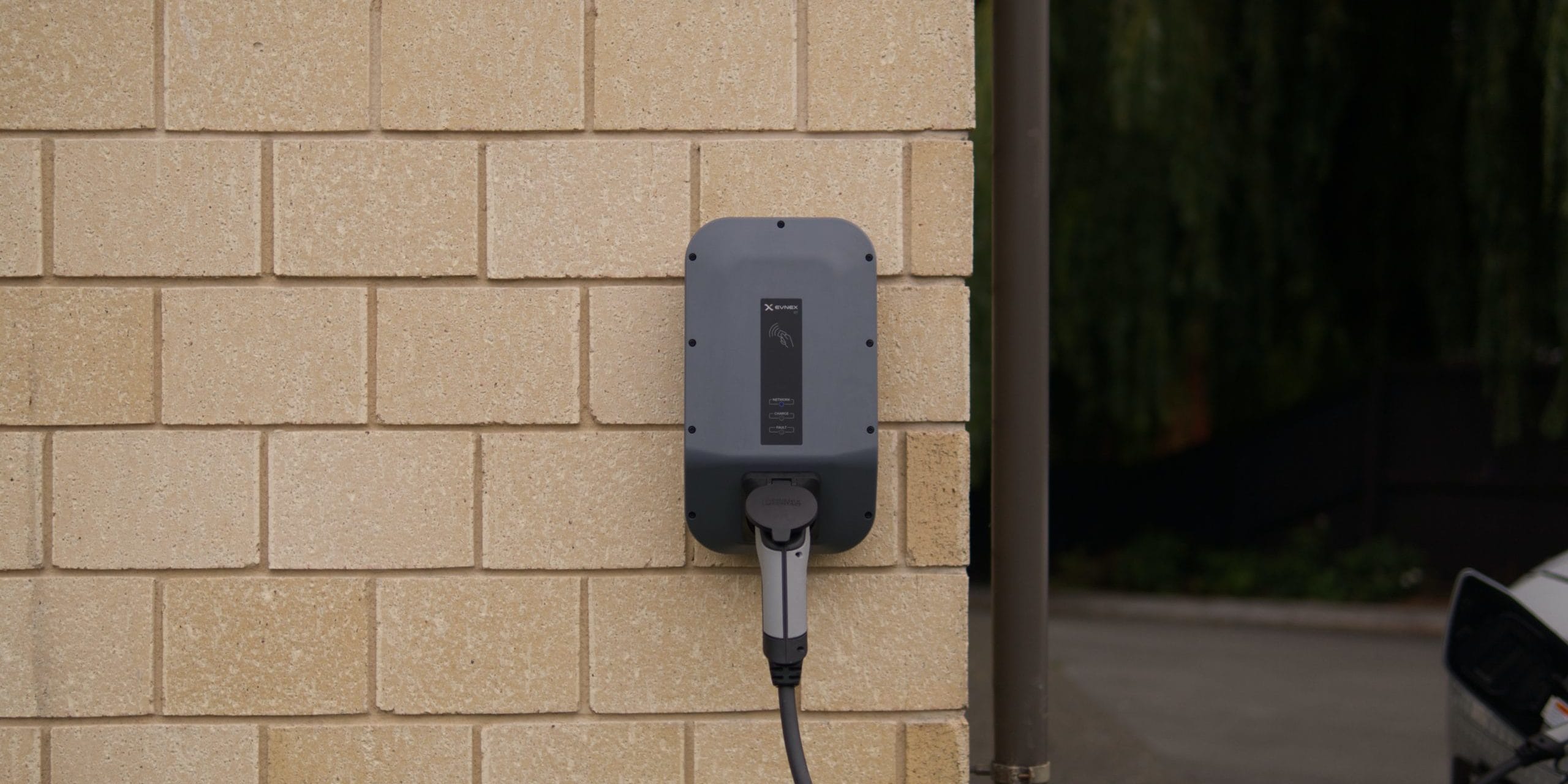
EV chargers supply the electric energy required to recharge plugs in electric vehicles. Since EV chargers are mandatory, one has to bear in mind the requirements for purchasing an EV charger. The EV chargers supplied by Nantech match all the Chennai buyers' parameters to such an extent that they don't need to probe deep into the specifications of buying an EV charger. The following aspects should be taken into consideration while purchasing an EV charger.
If one can do the charging at night, it is preferable to buy a cheaper Level 2 charger and to take out the car fully charged before going out. Again the cost to charge an EV depends on the car model, size of the battery, and whether the charging is done at home, in public, or workplace. The two types of chargers are hardwired and plug-in. The former is set into a fixed position and is connected to the electric supply permanently, while the latter is connected to an outlet.
Since safety is the predominant aspect of buying a car, ensure that the charger purchased is safe for the car. All established manufacturers bear this in mind, and a Chennai manufacturer of EV specifically designs chargers considering this in mind.
One needs to measure the distance between parking and the spot to install the port to assess the cord length before purchasing a charger. It is always better to talk with an electrician and check the electrical system to get more idea about the installation process.
In a tethered charger, the charging device is attached to the cable itself, thereby making the charging process more smooth. Here the cable is attached to the unit itself, making it more convenient and easy for charging on transportation. Since most cars supply with the cable, purchasing an untethered charge makes sense as it is neater and requires less space than the tethered charger.
It is always better to purchase batteries that do not require a 25 AMP charging socket for charging. Chennai based companies provide batteries which can be charged in 10 AMP or 15 AMP household socket. Conventional charging takes more than 6 hours, whereas a 90-second battery swap saves time. This accelerates the technological process involved, thereby making the whole process informative.
After installation, one has to ensure that a compliance certificate is delivered. After making all arrangements and even then the charger breaks down, the electrician can be made accountable. The charger purchased should be checked at least once a year, and it should always be clean and protected.
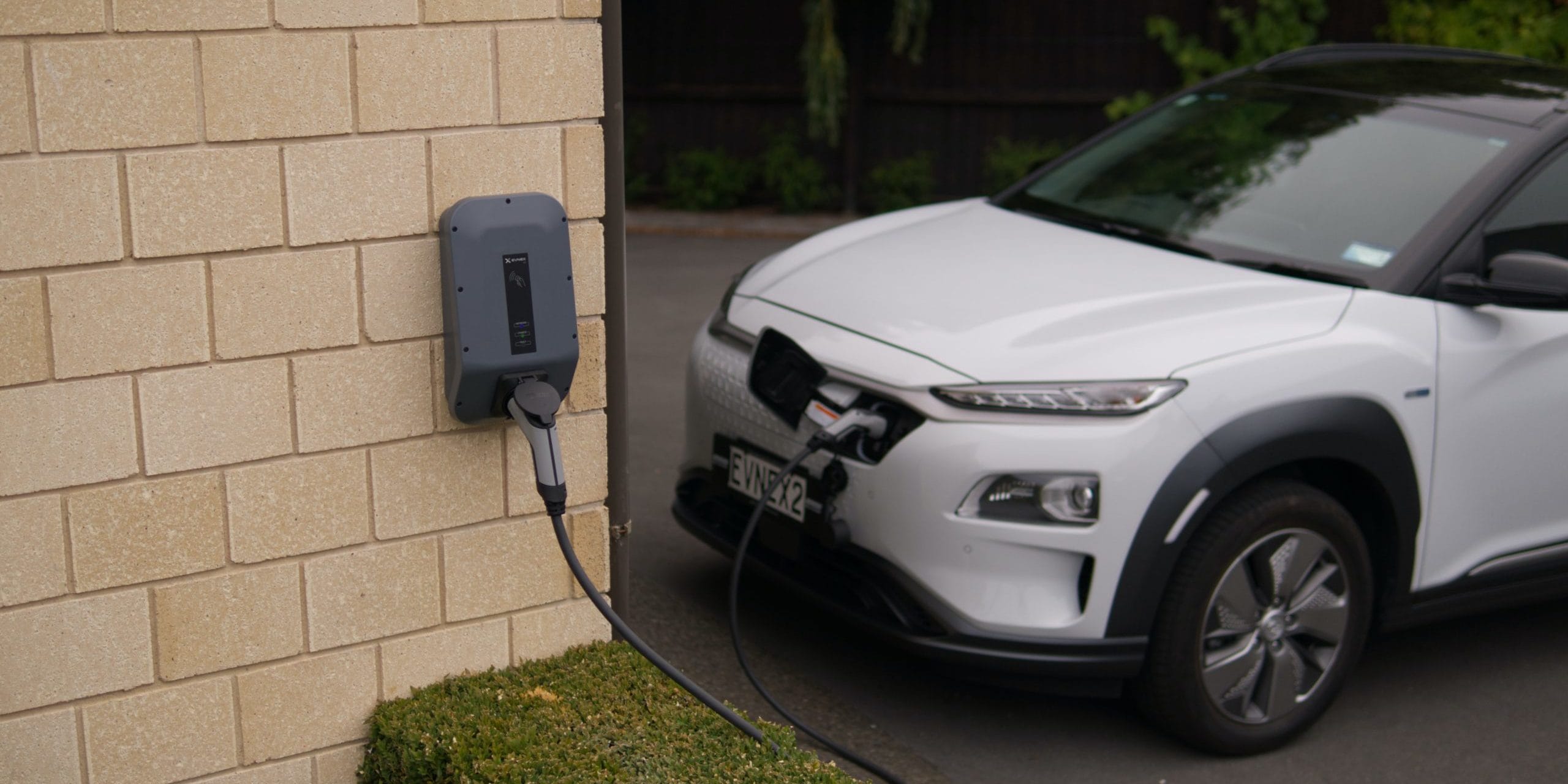
The world is fast changing. With all the commotion regarding "Save mother earth" and "Prevent global warming," every other company is striving hard to develop environment-friendly innovations. From the banning of plastics to promoting natural resources for the generation of electricity, all such initiatives are undertaken by the people. One such invention is electric automobiles. These electrically run automobiles are not only a fantastic product of one's creativity but also fast replacing conventional cars which use petrol, diesel, etc. Chennai is one of India's first few cities where the government has decided to set up electric vehicle charging stations. Moreover, these charging setups will be set up in government office parking lots and on NHAI and state highways. Suppose you are also looking to set up such charging stations, Nantech Power Systems Pvt Ltd is the best option for you.
It is an electric vehicle charging station, also known as electric vehicle supply equipment, electric recharging point, electronic charging station, an apparatus that connects an electric vehicle to a source to recharge electric cars, electric vehicles, and plug-in hybrids.
What are the different types of EV chargers?
There are three main types of electric charging
It requires a cord with an attached control box. It is usually supplied along with the electric vehicle. It takes approximately 16-20 hours to recharge the vehicle's batteries completely. However, its time of charging may also depend on the capacity of the car. All one needs to do is plug it into a three-pin well-grounded wall socket. It doesn't require any additional hardware installation. The only drawback it has is that it takes a lot of time to charge.
An additional hardware installation is needed in this type of charging, that is, of an AC wall box charger. It could be installed either at the customer's home or in their office. This additional equipment will enable the electric vehicle to be fully recharged within a maximum of about 7 hours, or more, depending on the electric automobile's capacity. Furthermore, it is said that it is more efficient in terms of energy use. Since it has the upper hand over the level 1 EV charging, it is naturally more expensive due to its intricate hardware.
This type of charging is called DC fast charging. It charges the battery to about 80 percent in less than an hour. The mechanism of action is that it converts the current from AC type to DC type, thereby allowing direct storage into the electric vehicle batteries. Sophisticated hardware is used for this charging. It is usually found at public charging stations.
Electric automobiles are the future of transportation. Its charging stations form the power source of the same, making it necessary for us to choose a cost-effective, energy-efficient, and worthwhile charging alternative.
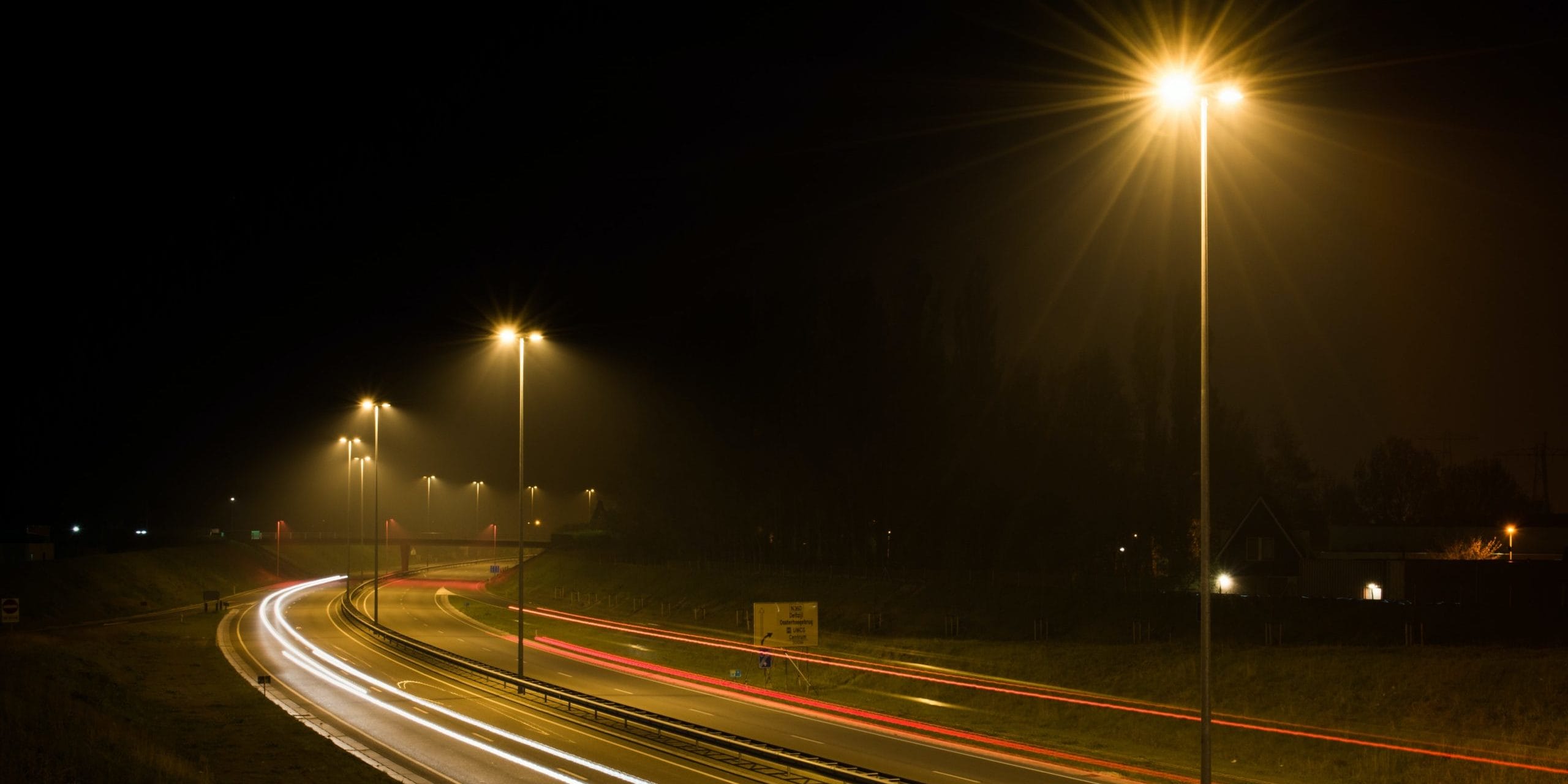
Advancing into a sustainable world, there has been a paradigm shift globally onto the usage of solar-powered products. Solar street lights are the emerging renewable light sources for our streets. They use photovoltaic (PV) panels or commonly called solar panels for the conversion of solar energy into electrical energy.
Many types of solar street lights are manufactured based on different types of each component.
Firstly, panels are available for various wattage systems starting from a minimum of 8W. Two types of panels of conversion are available, namely, mono-crystalline & poly-crystalline. Monocrystalline panels have higher conversion rates.
Smart solar lights use LED lights against fluorescent lamps as they consume lesser energy, are highly luminous and save capital. The Government of India runs the world’s largest streetlight replacement programme called LED Street Lighting National Programme (SNLP). The Greater Chennai Corporation has switched to LED lamps for street lights which is helping them save about 30Cr annually!
The pole needs to stand strong for climatic variations like rain and wind resistance. Usually, the pole has attached to it, the lamp, PV and additional accessories, if any. Nantech provides durable and corrosion resistant poles with an alluring look.
A battery is rechargeable during the day. It is meant to store the electrical energy which is converted from solar energy by the PV and is used during the night. Energy can be stored to work as a backup on cloudy or rainy days, thus making the lifetime of a battery crucial. While the gel cell deep cycle batteries & lead-acid batteries are common, the lithium-ion batteries are an emerging trend because of their higher lifetime of about 5 years.
Solar street lights can be used for residential, commercial as well as industrial purposes. The appealing and substantial benefits of switching to cleaner and greener energy resources has struck people around the world! Do check out our products at Nantech Power Systems Pvt Ltd.

Chennai being a metropolitan city is a massive consumer of electricity and was infamous in the past for having frequent power cuts. The situation has improved with the introduction and application of new technology in power production and distribution. The sheer size of the city demands a complex system of power distribution, and that coupled with its heterogeneous urban and sub-urban localities requires even greater planning and execution to ensure continuous electricity is supplied to the entire city. One of the most promising solutions to this massive challenge is using an electrical power management system.
Due to increasing complexities like different loads and supplies, power-sensitive equipment, higher safety standards, and an all-around high need for comprehensive management, an electrical power management system needs to put in place. This system aims to provide real-time observation and control of the electrical states of entire cities. The power management system provides safe and reliable operation of your power distribution systems including the equipment attached to it. This system provides the following uses:
An electrical power management system is based on an intricate relationship between a digitalized background and quality hardware. There are sensors placed in particular positions to provide accurate real-time readings of electrical indices, power supplied, and the power consumed. These sensors relay their input to power metering devices, which have various capabilities like protection relays, and motor control units. This system along with the addition of smart devices installed provides a fully digitalized solution to power-related problems.
Also Read: Methods For Getting Through Power Cuts
The applications of electrical power management systems include:
Electrical system health and efficiency: - With the facility to record real-time electrical activities these systems can provide a high level of safety by preventing overloads, short circuits, identifying faulty equipment, etc. Along with this, it gives information about how we can improve the efficiency of a system.
Capacity management: - By recording and displaying past data, the future trends of power distribution can be predicted. For example, using previous data, the power management system of Chennai was able to avoid a wide-scale power cut when the Prime Minister of India requested its citizens to turn off the lights and fans in honor of the health care workers during the lockdown.
Equipment Monitoring: - Faulty equipment or underperforming equipment can be detected and replaced by using smart technology. Harmonic wave distortion can also be prevented effectively.
Power event Analysis: - In general, the electric grid is dynamic and prone to regular disturbance. This system can detect these disturbances and find out the root cause and isolate it.
Since Chennai is an ancient city and is ever-evolving, it is difficult to place a single new electrical power management system for the entire city. However, big institutions, offices, factories can independently install such systems for better efficiency and safety. A clear vision and thoughtful execution are of paramount importance to connect all these systems to make Chennai virtually a high functioning single organism.
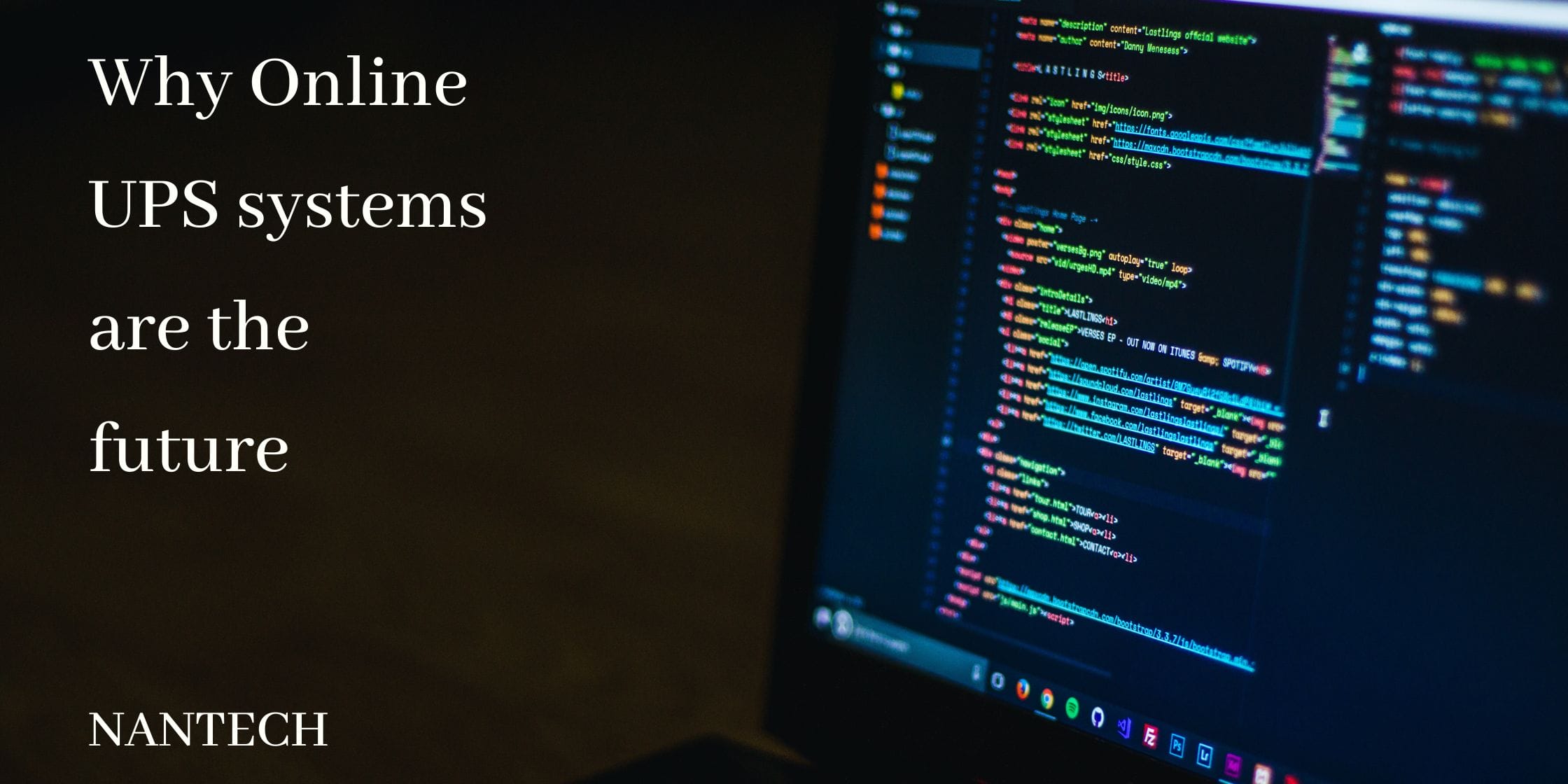
An Uninterrupted Power Supply (UPS) system is an emergency power system that provides backup power for your connections when the main power supply line fails to deliver or the voltage levels drop below a certain threshold. During Power Cuts, A UPS system comes in very handy as it not only supplies three-phase power to your equipment but it also protects it from supply line noise, surges, and voltage EMFs.
We still use these systems for backup power supply, but now that Online UPS systems are the future, we should discuss them first.
In the earlier days of UPS systems, most of Chennai used offline systems. These systems worked by basically providing backup power to the load only when the mainline failed. These systems directly give raw mains to the connections and a connected battery in parallel to the supply line. Link to the mainline ensures constant power supply to the battery for charging, and in a power failure, or if voltage levels drop, then battery power is switched on.
The drawback is that since it connects directly to the main power supply line, it provides little surge protection, which can damage your electronics. The other liability is that since the battery supply has to go through an inverter and then to your equipment, there is a time delay of around 10ms for power delivery and little to no voltage regulation. It isn’t a reliable system overall.
 These systems are a slight improvement over offline UPS systems. Line-Interactive Systems work by supplying power to the inverter, which then has a bypass line that sends DC to a connected battery. The supply line also connects to the main switch. When a power failure occurs, or a voltage drop occurs, the transfer switch closes, and we lose connection to the mainline. The battery then starts supplying DC power to the inverter, which converts to AC and supplies to your connections.
These systems are a slight improvement over offline UPS systems. Line-Interactive Systems work by supplying power to the inverter, which then has a bypass line that sends DC to a connected battery. The supply line also connects to the main switch. When a power failure occurs, or a voltage drop occurs, the transfer switch closes, and we lose connection to the mainline. The battery then starts supplying DC power to the inverter, which converts to AC and supplies to your connections.
The problem is that even though they protect your equipment better, it doesn't offer complete protection from surges. It has a power delivery time delay of around 5ms and voltage regulation of ±8-15% within nominal voltage values. It is an improvement, but compared to Online systems, it is still lacking.
These are the latest in the UPS systems! The improvement over Offline and Line-Interactive Systems is significant. They use a 'double-conversion' system. A Rectifier connected to the main supply passes DC to the inverter supplying AC, and a battery connected in parallel to this line along with a bypass switch. In a power failure, the power switch turns off, there is no power going through the rectifier, and the battery-inverter supply continues.
Thus, there is maximum protection from voltage surges, almost no time delay, and ±2-3% voltage regulation of the nominal values. Other advantages are:
These make Online UPS systems used in many critical areas such as data centers, hospitals, and businesses. Many people are upgrading their existing UPS systems to Online UPS systems!
So if you want the best Online UPS systems in Chennai, come to us at Nantech and check our UPS systems here!
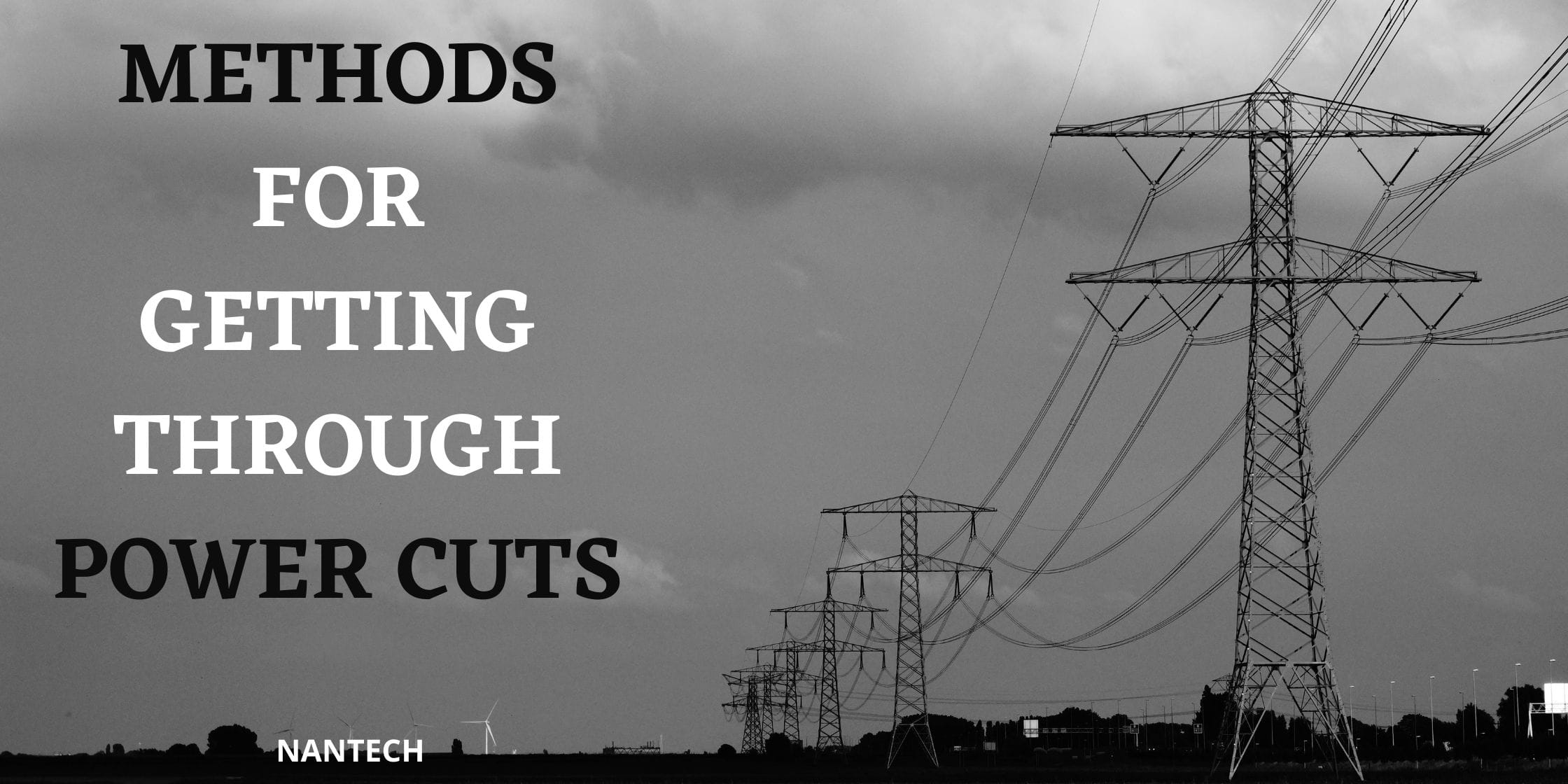
We heavily rely on electricity for our needs. From businesses to homes, office buildings, and factories – everywhere we depend on electricity for not just our day-to-day operations and conveniences, but also for maximizing business profits and sustaining organizations. Electricity is a key resource in every aspect of our lives today.
In a previous article, we mentioned how Chennai faces power cuts, and all the statistics related to it. We now know that power cuts can occur anytime and anywhere, hence we must prepare for the same by equipping ourselves with the right products to get us through one.
Fortunately, there are many such products and devices available in the market that are made so that we can get through such power cuts. Mainly, an Uninterrupted Power Supply (UPS) system is used, but there is one more feasible method that can prove more beneficial! This article shall give you an overview of all such methods, and in the end, a link to the best place to get them in Chennai!
UPS systems are the most common methods of mitigating power failures. The main idea of these systems is that there is a battery to store power, an AC/DC converting rectifier, and a DC/AC converting inverter. Many brands are available for the same as well. There are three types of UPS systems that are commonly used:
Online UPS systems – currently the best UPS system available in the market. This uses a ‘double-conversion’ process, first converting AC/DC to the battery, and in case of a failure, DC/AC back to the inverter, and then to the power lines. This has excellent noise protection, almost no power transfer time delay, and within ±2-3% voltage regulation, making it suitable for critical equipment.
Line-Interactive UPS Systems – These provide intermediate-level power protection. Here, a bypass carries power from your inverter (connected to the main line) to the batteries for charging, and the battery discharges back to your inverter in case of a failure. It also has better surge protection, 2-4ms delay in power transfer time, and output voltage regulation within ±8-15% of nominal voltage.
Offline UPS Systems – These provide a basic level of power protection for your equipment. We connect a battery in parallel to the supply line, and during the case of a failure, the battery supplies power to your connections. These provide little surge protection, a 2-10ms delay in power transfer for your systems in a failure, and little voltage regulation.
Also Read: Power Cuts Frequency in Chennai
Solar power systems are slowly gaining traction, both in business investments and in research advancement and funding. They mitigate carbon footprints and reduce pollution. We mention Solar systems because Chennai has a tropical climate for the most part of the year, where the sun shines upon us. Why not utilize it? Some uses for solar technologies are:
Nantech is your go-to shop in Chennai for all products pertaining to UPS systems, inverters, transformers, solar panels, SVRs - anything you may need! Please check us out by clicking the link!